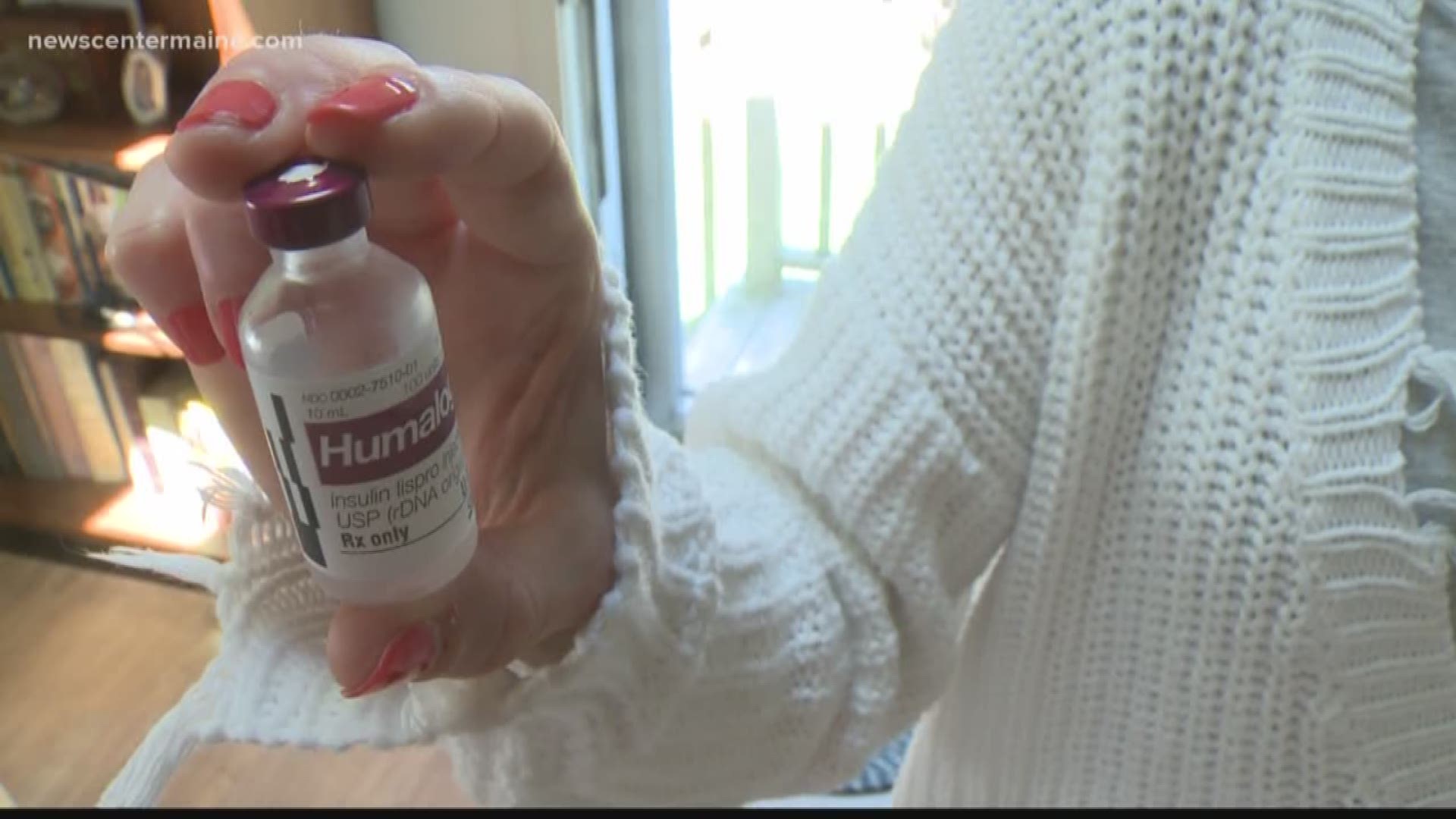(NEWS CENTER Maine) -- U.S. Senators Susan Collins (R-ME) and Bob Casey (D-PA), the Chairman and Ranking Member of the Senate Aging Committee held a hearing Tuesday to investigate the rising cost of insulin.
Collins' office said the average list price of the diabetes-mitigating hormone tripled from 2002 to 2013.
A lack of access to insulin can be fatal for people with Type I diabetes. People with Type II diabetes depend on insulin to regulate their blood sugar and prevent potential medical complications such as cardiovascular disease, peripheral artery disease, amputations, and blindness.
Melissa Wright's son, six-year-old Christopher, was diagnosed with Type 1 diabetes when he was one.
"This is a disease he will have his whole life," said Wright. "Everything he does -- it is affected in some way."
Wright said either she or the school nurse has to measure what Christopher eats, and plug the appropriate amount of carbohydrates into his insulin pump. The pump is implanted in his buttocks, and delivers insulin to make sure his blood sugar does not spike or drop too far. Either swing could cause serious health problems, damaging his kidneys, vision, or brain.
Wright said that her insurance allows them to pay about $60 per vial of insulin. About three vials lasts them a month. She said the cost without insurance would be $320 per vial.
"It doesn't make sense to me but it's all about money. It's a pharmaceutical game," said Wright.
According to Senator Collins, one brand -- Humalog -- increased from 35 dollars a vial in 2001 to 234 dollars in 2015.
"One fact is clear. The patients are not getting the best deal.," said Collins. "Too many consumers find themselves without affordable alternatives and find that they are paying more each year."
Unlike Type 2 diabetes, Type 1 cannot be managed with diet and exercise.
"He needs it to survive," said Wright.
Many of the companies that make insulin have posted information on their websites about programs they have to help people without insurance or with high deductibles. Lilly, Sanofi, and Novo Nordisk make up 99 percent of the U.S. market for the medicine.
Diabetes costs the United States more than $327 billion per year, up from $245 billion in 2012. According to the Maine CDC, diabetes is the seventh leading cause of death in the state. The CDC reports that about 11.4 percent of Maine adults have diabetes, but about 3.1 percent of those adults do not know they have it.

